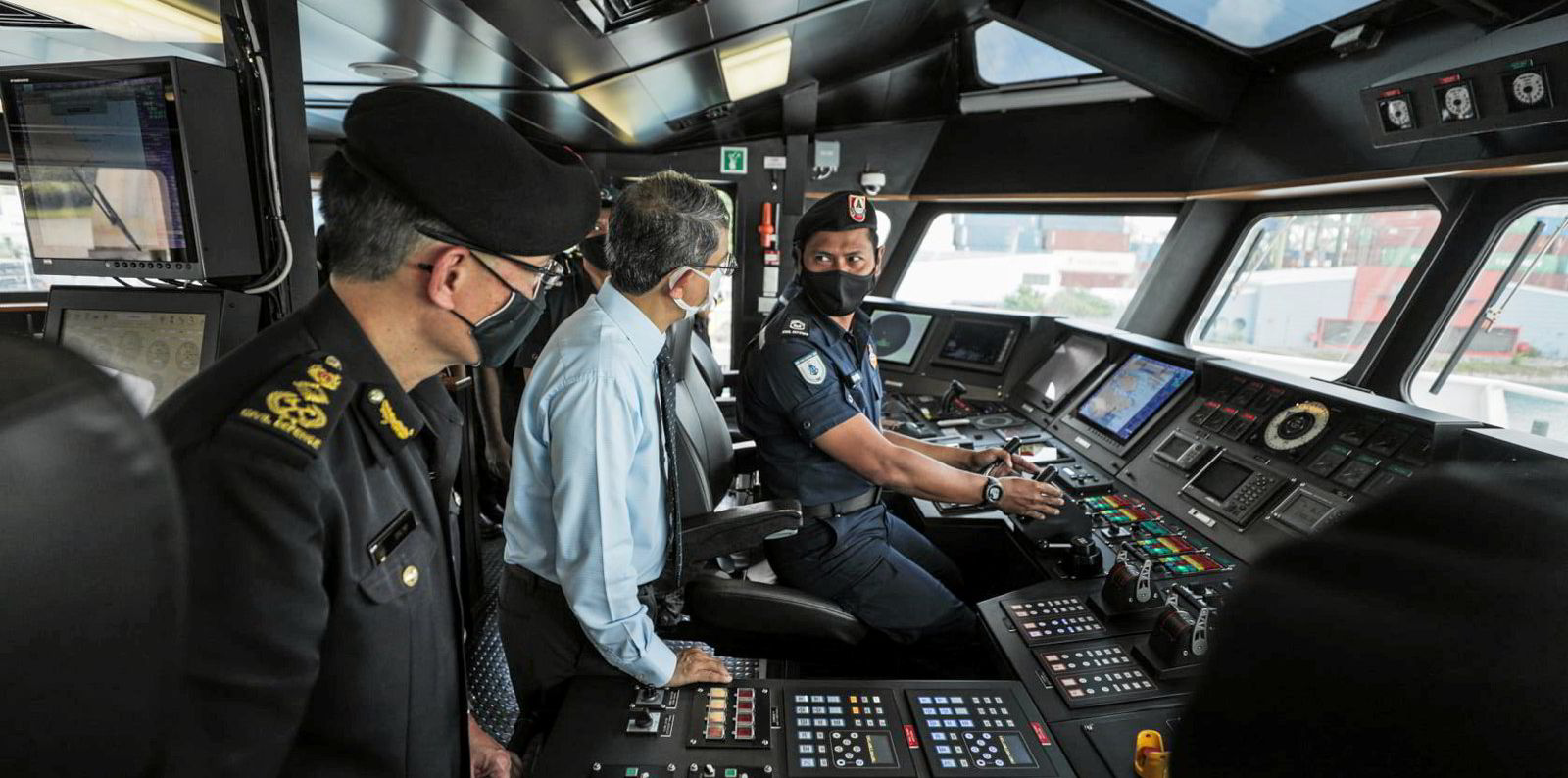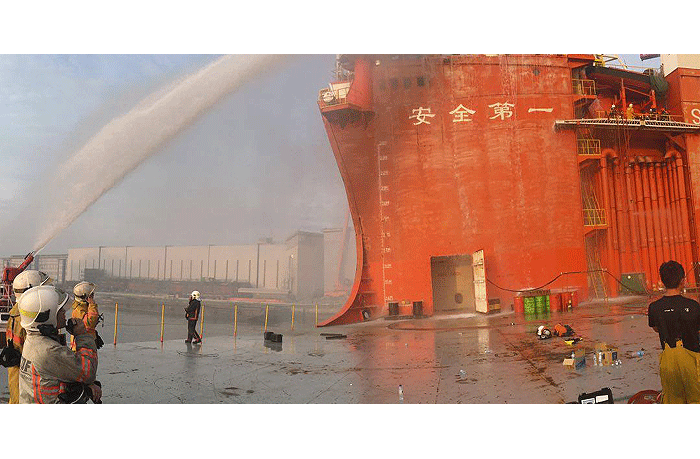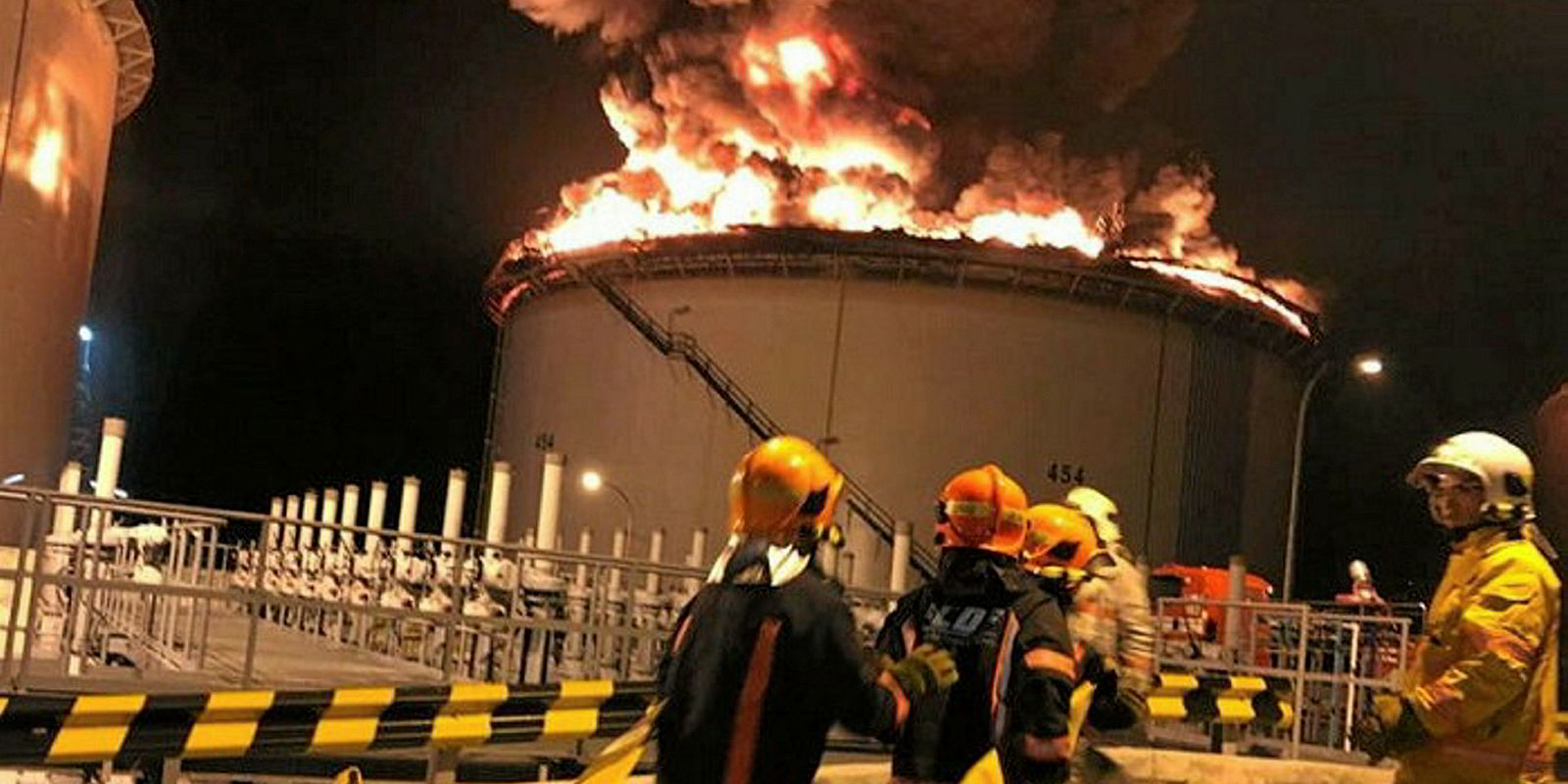Singapore’s marine firefighters face a high-tech future where advanced technologies will be leveraged to enhance its response capabilities.
The Singapore Civil Defence Force (SCDF) recently marked a decade since it took over the marine firefighting and rescue functions from the Maritime and Port Authority of Singapore (MPA).
At its inception in April 2012, the SCDF marine command, later renamed marine division, had just 50 staff and only two marine fire vessels which it had taken over from the MPA.
In 2017, it launched its first rapid response fire vessel (RFV), a fast and nimble craft that improved response times to maritime emergencies.
Today it boasts a staff of over 200 people, six vessels, two fire stations and two fire posts – West Coast Marine Fire Station, Brani Marine Fire Station, Loyang Marine Fire Post and Gul Marine Fire Post.
This has improved the coverage and response of the marine division to various parts of Singapore waters.
Meanwhile, the SCDF is set to open Punggol Marine Fire Post by 2025, which will improve response times in the north-eastern parts of Singapore.
In those intervening ten years, the division has responded to 56 fire incidents and 77 rescue incidents in and around the city state, one of the world’s busiest ports.

Some notable incidents include the Jalan Samulun shipyard fire in March 2013, which marked the first time SCDF’s marine and land resources were jointly activated and worked together to extinguish the fire.
A fire in July 2018 near the Marina Barrage aboard the 606-teu feeder container ship Salam Mesra (built 2007) was the first time SCDF’s rapid response fire vessels were activated for a major fire incident.
Speaking at the recent 10th-anniversary celebrations, Singapore’s minister of state for home affairs and national development Muhammad Faishal Ibrahim highlighted the critical role that the marine division plays.
“As an international maritime hub, Singapore is one of the world’s busiest container ports and the top refueling port for ships,” he said.
“A vast number of ships come through Singapore daily. With the new Tuas Mega Port project, our port operations will be further expanded.
“But this also means that the threats we face in our waters are multiplying, be it fire and rescue incidents, chemical, biological and radiological incidents, or even terrorist incidents.”
Ibrahim said the next lap of the SCDF marine division’s journey will focus on enhancing its response capabilities by leveraging more advanced technologies.
“Proof-of-concept trials are already ongoing to test the use of unmanned technologies for fire and rescue operations, such as the unmanned aerial vehicle (UAV) and the unmanned surface vessel (USV),” he said.
“For example, the SCDF can use a UAV to send a buoy to a person in distress in the water, it can also be deployed to enhance situational awareness and HazMat detection.
Ibrahim said the USV can be deployed for firefighting in high-risk situations, such as when there is a risk of explosions while using unmanned technologies will “help SCDF more optimally and safely deploy its resources”.
The SCDF is also said to be conducting further studies on its next generation of marine vessels which will have “enhanced capabilities for firefighting and casualty evacuation”.






